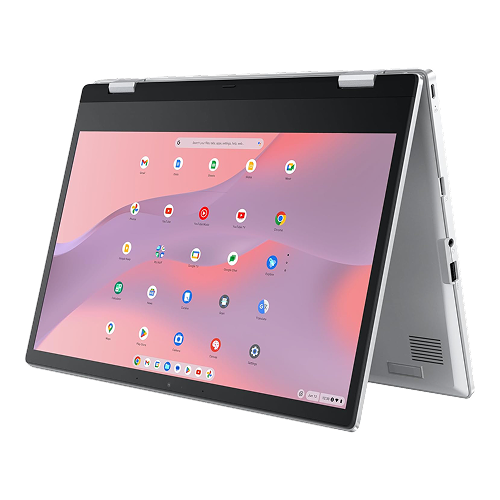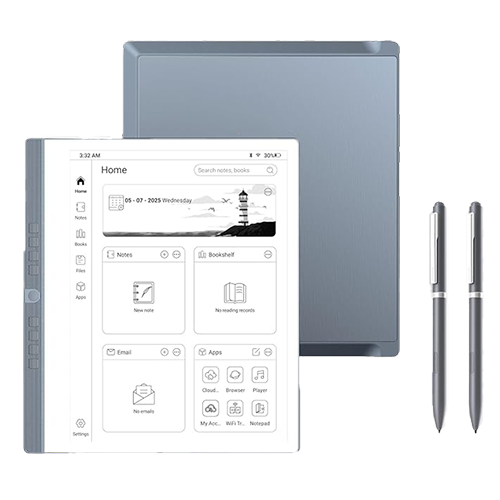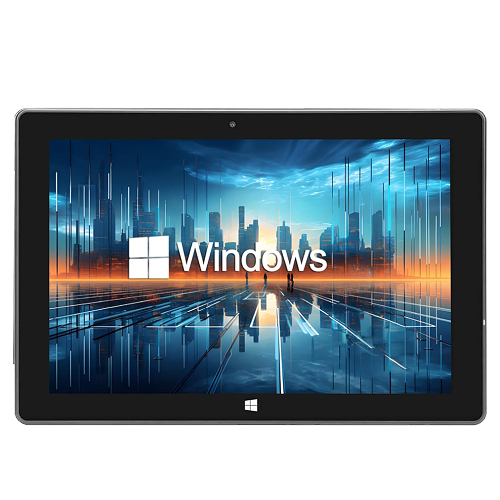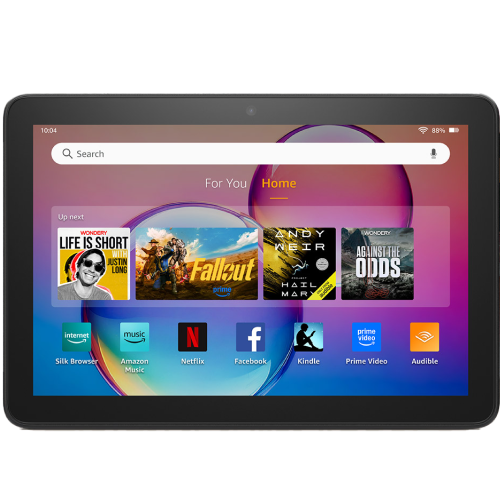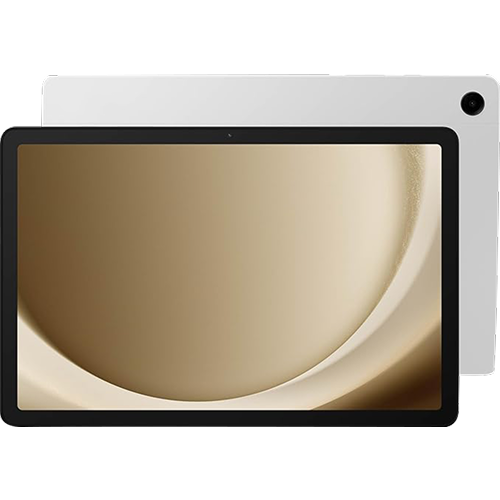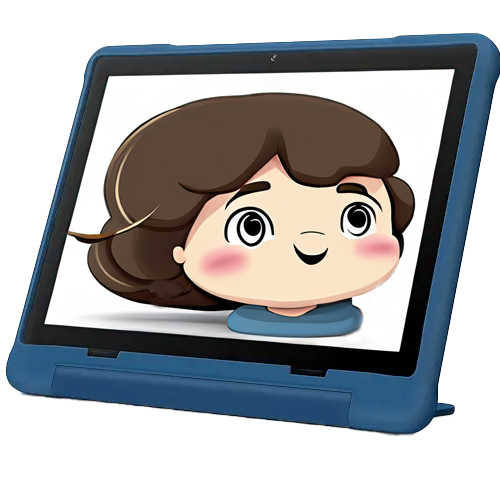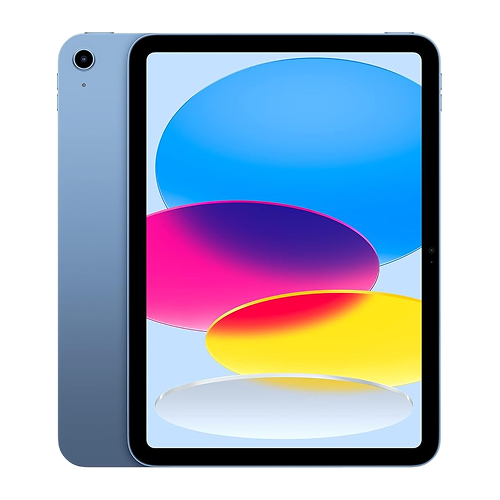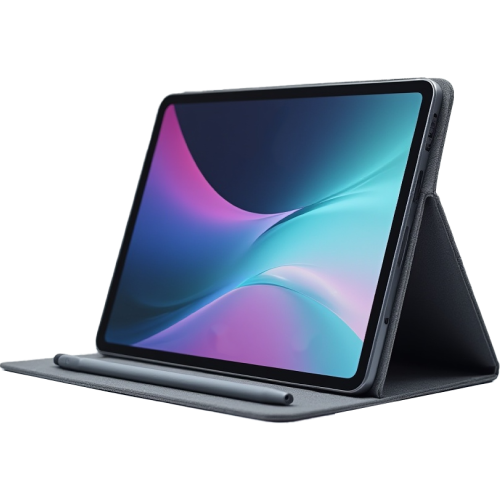Amazon Fire tablets are well-known for being affordable, family-friendly devices that focus on entertainment and reading. They emphasize value and Amazon service integration rather than premium specifications.
This guide explores what makes them distinctive, outlines must-have and nice-to-have features, and highlights the best current models.
What Makes Amazon Fire Tablets Unique
Delivering Solid Value at a Low Cost
Amazon designed the Fire series with a focus on simplicity and affordability. Instead of targeting professionals or power users, these tablets prioritize accessible pricing and integration with Amazon’s services.
For many buyers, the draw lies in quick access to Kindle books, Prime Video, Audible, and Amazon Music.
Fire OS
Fire OS, Amazon’s customized version of Android, reflects this approach. It organizes content in a storefront-style interface where books, shows, and games are immediately visible. The Appstore replaces Google Play, which keeps the experience streamlined but somewhat limited.
Most popular apps are available, though those dependent on Google’s ecosystem will notice gaps. This makes Fire devices ideal for Amazon-centered households but less suited for users tied heavily to Google apps.
Lots of Options for Kids’ Tablets
Amazon also aims its tablets at families. The Kids Edition program bundles protective cases, curated content libraries, and a two-year worry-free replacement promise. Parents can create controlled profiles with screen-time limits, age-appropriate filters, and educational goals.
Expandable Storage, Solid Battery Performance
Every modern Fire tablet includes a microSD slot that allows storage expansion of up to 1 TB. This is especially useful if you prefer downloading movies or TV shows for offline viewing, since the built-in storage is fairly limited.
Another strength is battery life, as these tablets are tuned for reading and streaming and usually run for more than 10 hours on a single charge. With durable, no-frills designs, they make excellent companions for travel, casual browsing at home, or keeping kids entertained on the go.
Accessibility and Voice Control
Accessibility is another strength. Fire devices provide basic computing, reading, and streaming capabilities at prices well below most competitors. In regions where premium tablets are out of reach, they serve as practical alternatives, offering essential features without major expense.
Integration with Alexa voice control adds another layer of appeal. Show Mode allows tablets to behave like smart displays, handling music, calls, and smart home commands by voice. This dual identity, part tablet and part voice-enabled display, adds versatility for households already using Alexa products.
Must-Have Features
These features have the greatest impact on the Fire tablet experience and score highest in Market.com’s evaluation system.
Display Quality
The display influences nearly every interaction. The Fire 7 uses a basic 1024×600 screen that looks coarse for text and video. The Fire HD 8 raises clarity to 1280×800, producing HD visuals. The Fire HD 10 delivers a sharp 1920×1200 Full HD panel, while the Fire Max 11 tops the series with a crisp 2000×1200 display.
All rely on IPS LCD panels with good viewing angles. While not OLED quality, the larger HD 10 and Max 11 panels score highest for sharpness and immersion.
Processor Performance
Performance determines responsiveness and longevity. The Fire 7’s quad-core chip is fine for reading and streaming but struggles under heavier loads. The Fire HD 8’s hexa-core processor improves responsiveness.
The HD 10’s octa-core chip handles multitasking smoothly, supporting split-screen and heavier apps. The Fire Max 11 offers the fastest processor, keeping pace with light productivity and gaming.
Buyers who want a longer usable life should look to the HD 10 or Max 11.
Battery Life
Endurance is consistent across the lineup. The Fire 7 averages 10 hours, the HD 8 and HD 10 reach about 13 hours, and the Max 11 lasts up to 14 hours. These figures mean users can expect a full day of use without recharging. Though none support rapid charging, all newer models use USB-C, making them easier to top up with standard cables.
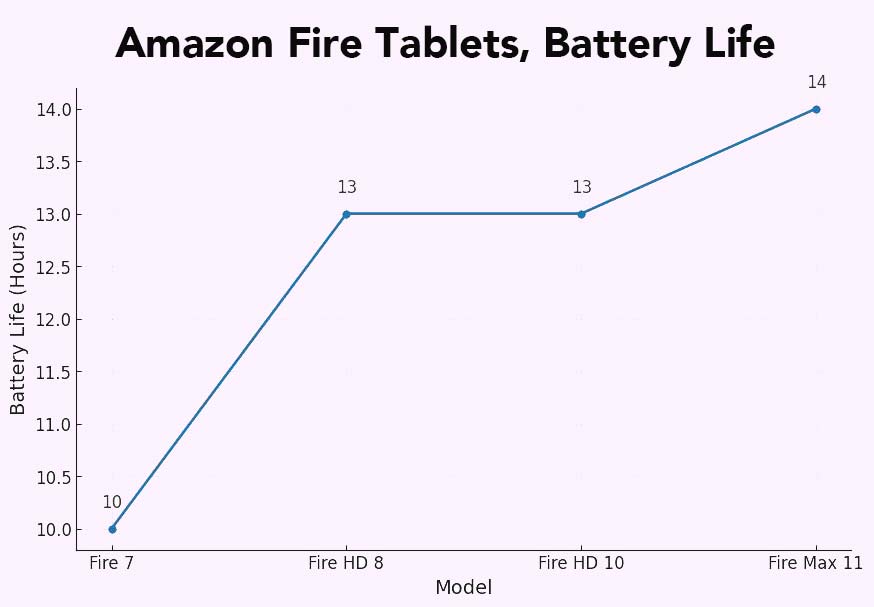
Memory (RAM)
RAM capacity determines how smoothly a tablet manages multiple apps. The Fire 7 provides 2 GB, suitable for basic use. The HD 8 includes 3 GB or 4 GB in the Plus edition, making multitasking more comfortable. The HD 10 offers 3 GB, while the Max 11 includes 4 GB for the best performance. For long-term satisfaction, 3 GB or higher is recommended.
Amazon Ecosystem Integration
All Fire tablets are designed around Amazon services. Kindle, Audible, Prime Video, and Amazon Music are deeply woven into the interface.
Alexa voice assistant extends the functionality, enabling voice commands, smart home control, and Show Mode for hands-free use. For households already invested in Amazon subscriptions, this integration is a must-have benefit.
Nice-to-Have Features
Storage and Expandability
Internal storage ranges from 16 GB on the Fire 7 to 64 GB on larger models. Since part of this is consumed by system files, expansion through microSD cards up to 1 TB is a valuable option. While not essential, expandable storage adds convenience for media-heavy users.
Speakers and Audio
Audio quality improves as models increase in size. The Fire 7 includes a single speaker. The HD 8 and larger models feature stereo speakers with Dolby Atmos support, producing fuller sound. Headphone jacks and Bluetooth connections give flexibility, though serious audio fans may still prefer external devices.
Build Quality and Materials
Most Fire tablets use durable plastic builds. The Fire Max 11 introduces an aluminum body, lending a more premium feel and better durability. While not vital for function, higher build quality improves user satisfaction and device longevity.
Camera Systems
Cameras are serviceable but basic. The Fire 7 and HD 8 use 2 MP sensors adequate for video calls. The HD 10 includes 5 MP front and rear cameras for clearer calls, and the Max 11 upgrades to 8 MP with autofocus. Since few users rely on tablets for photography, camera quality is considered a nice-to-have feature.
Display Refresh Rate
All Fire tablets operate at 60 Hz. While higher refresh rates improve smoothness, Amazon prioritizes affordability and battery life. For most Fire buyers, 60 Hz is sufficient for reading, streaming, and casual games.
Accessory Support
Optional keyboards and stylus pens are supported by the Fire HD 10 and Fire Max 11. These expand productivity but are not essential for most buyers, hence lower priority in scoring.
Lockscreen Ads
Some models display sponsored screensavers, reducing the cost slightly. Paying extra removes them for a cleaner look. Since this does not affect performance, it is more of a preference than a necessity.
Recommended Amazon Fire Tablet Models
Amazon Fire Max 11 – Flagship Fire Tablet
The Fire Max 11 represents the top of Amazon’s lineup. Its 11-inch display, aluminum design, octa-core processor, and 4 GB RAM make it the most powerful Fire device. With support for keyboard and stylus accessories, it suits both entertainment and light productivity.
Added perks include Wi-Fi 6, fingerprint unlock, and a 14-hour battery. While the priciest Fire model, it remains affordable compared with other flagship tablets.
Amazon Fire HD 10 (2023, 13th Generation) – Productivity-Focused
The Fire HD 10 blends performance and value. Its Full HD 10.1-inch screen, octa-core processor, and 3 GB RAM deliver smooth daily use. Compatibility with stylus and keyboard accessories makes it suitable for work or study.
A 13-hour battery and stereo speakers reinforce its role as a versatile tablet. Positioned in the mid-price tier, it offers strong all-around value.
Amazon Fire HD 8 (2022/2024) – Budget-Friendly
Compact and low-cost, the Fire HD 8 is designed for casual use. Its 8-inch HD screen is good for reading and standard video. Performance from the hexa-core processor and up to 4 GB RAM handles light tasks well.
A 13-hour battery and small form factor make it portable and family-friendly. The Kids Edition adds rugged protection and curated content, cementing it as the best entry-level option.


